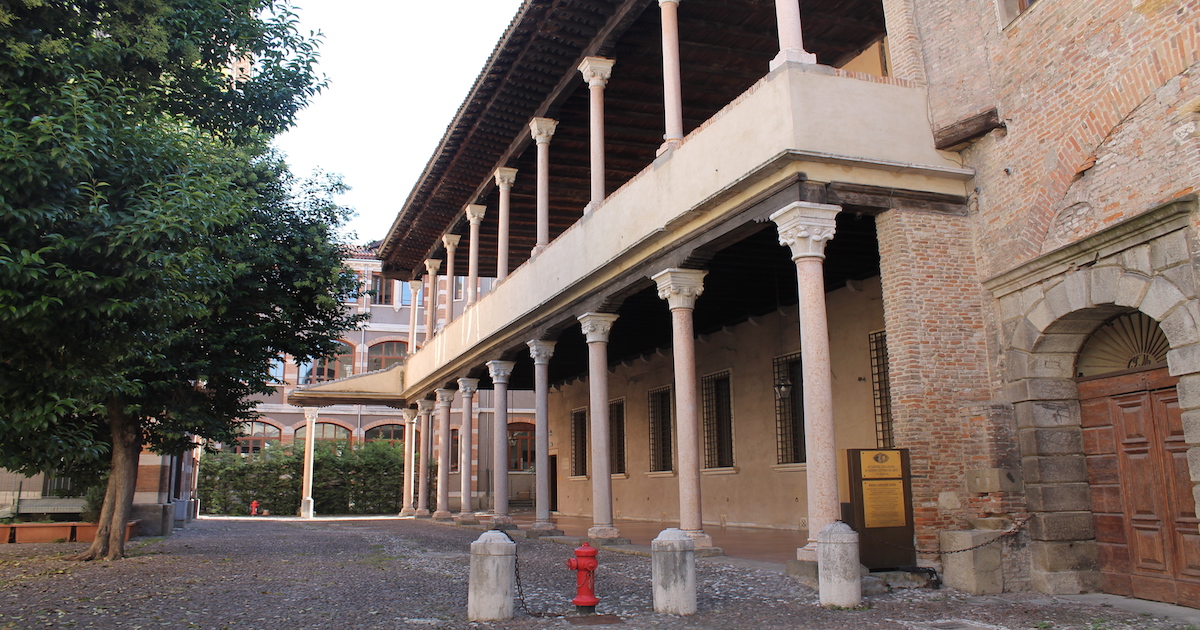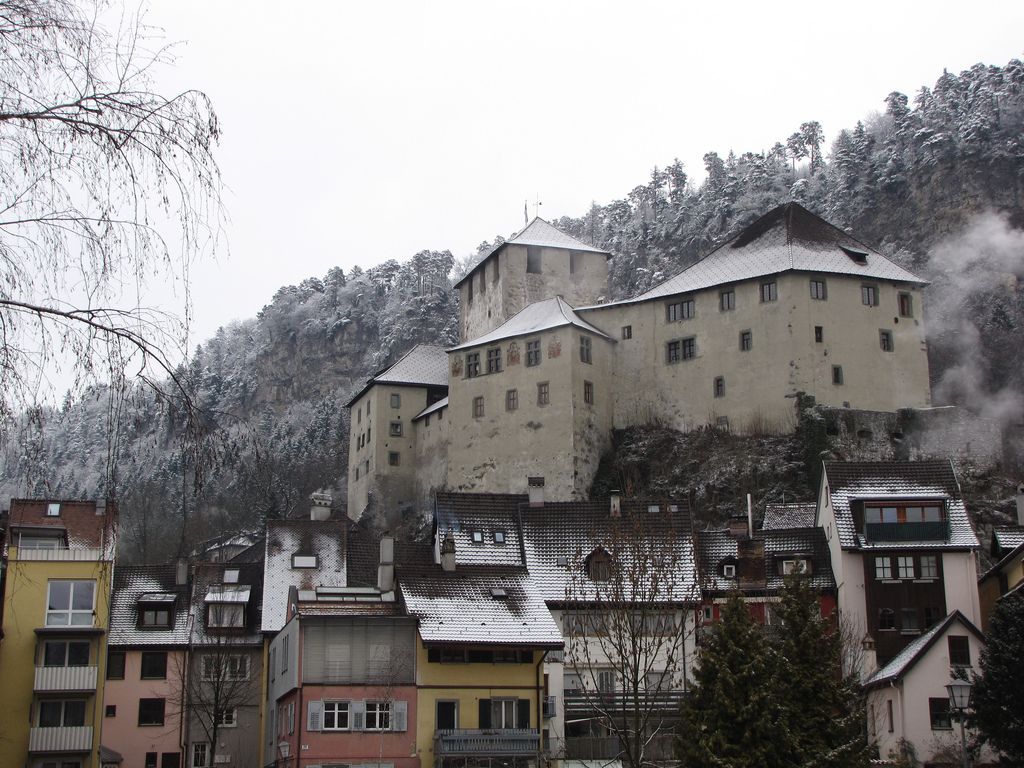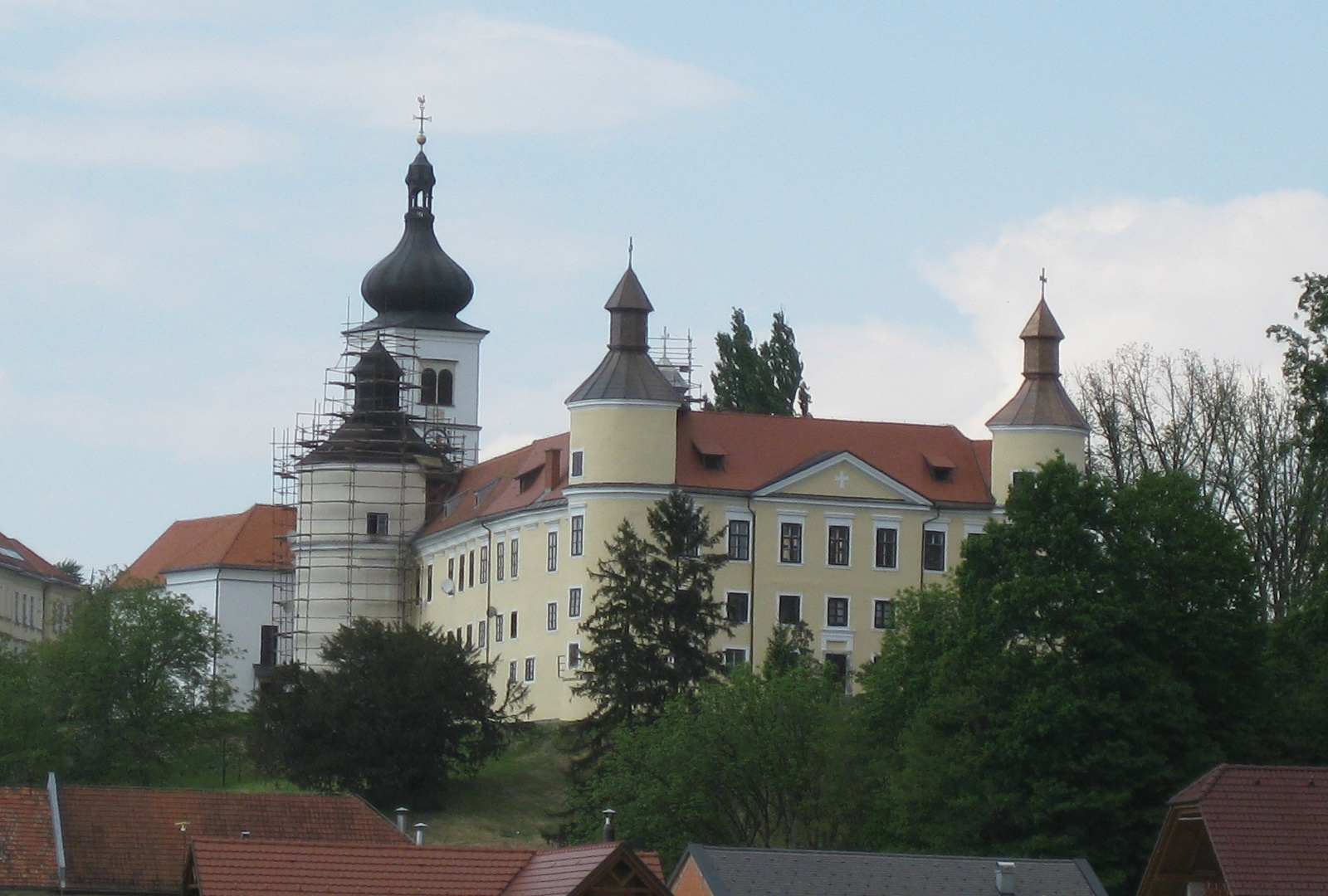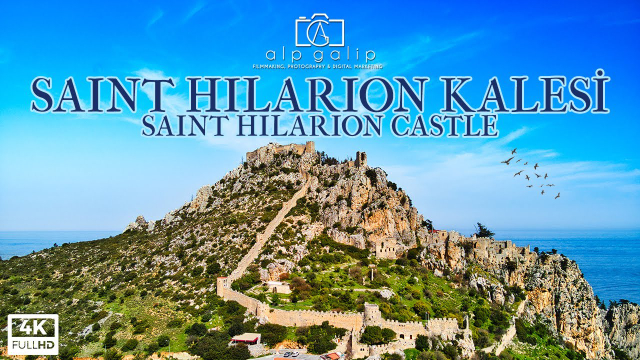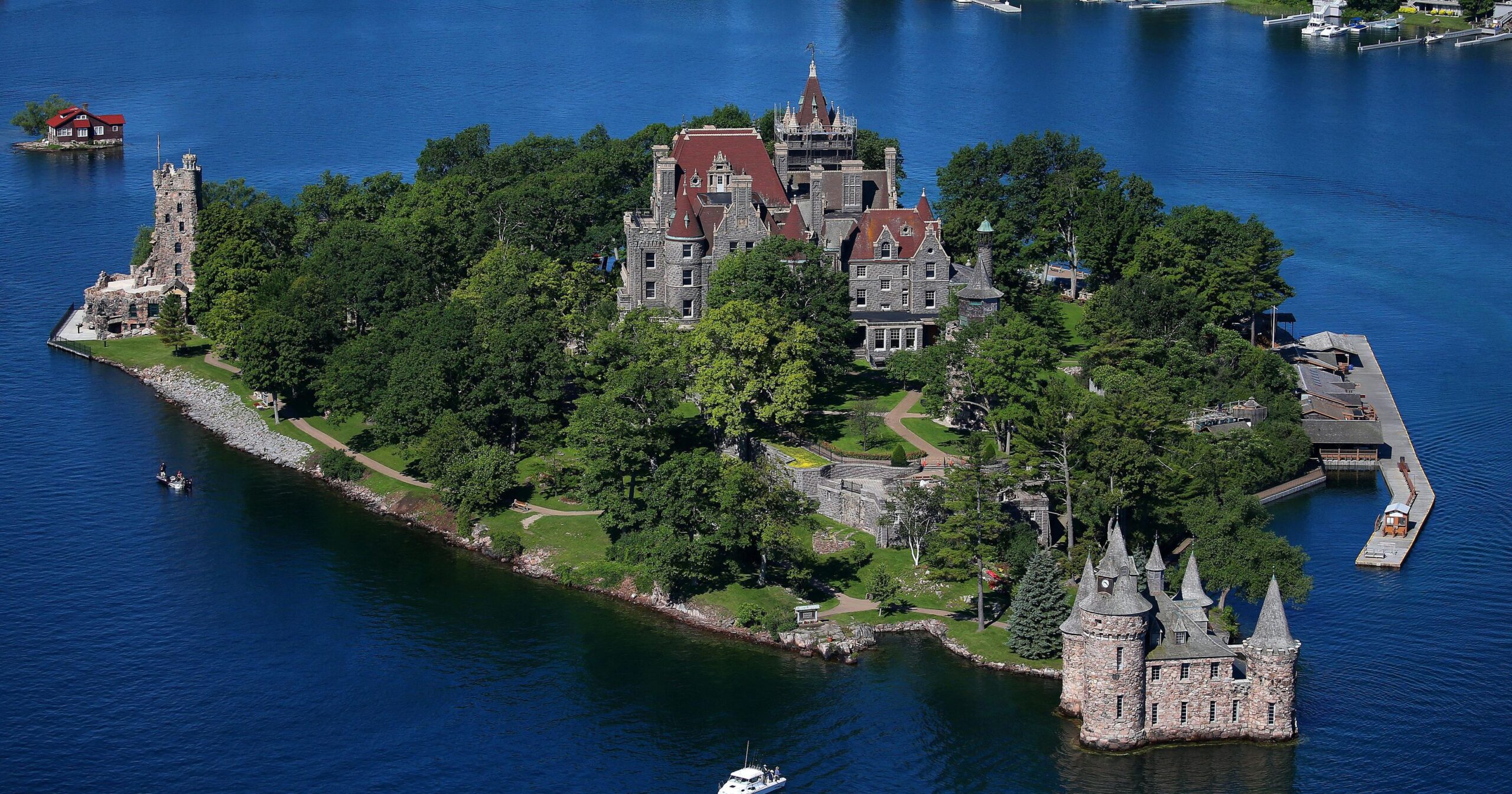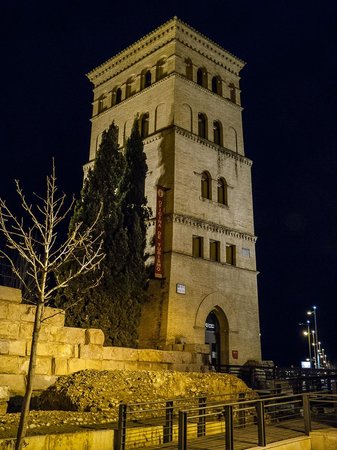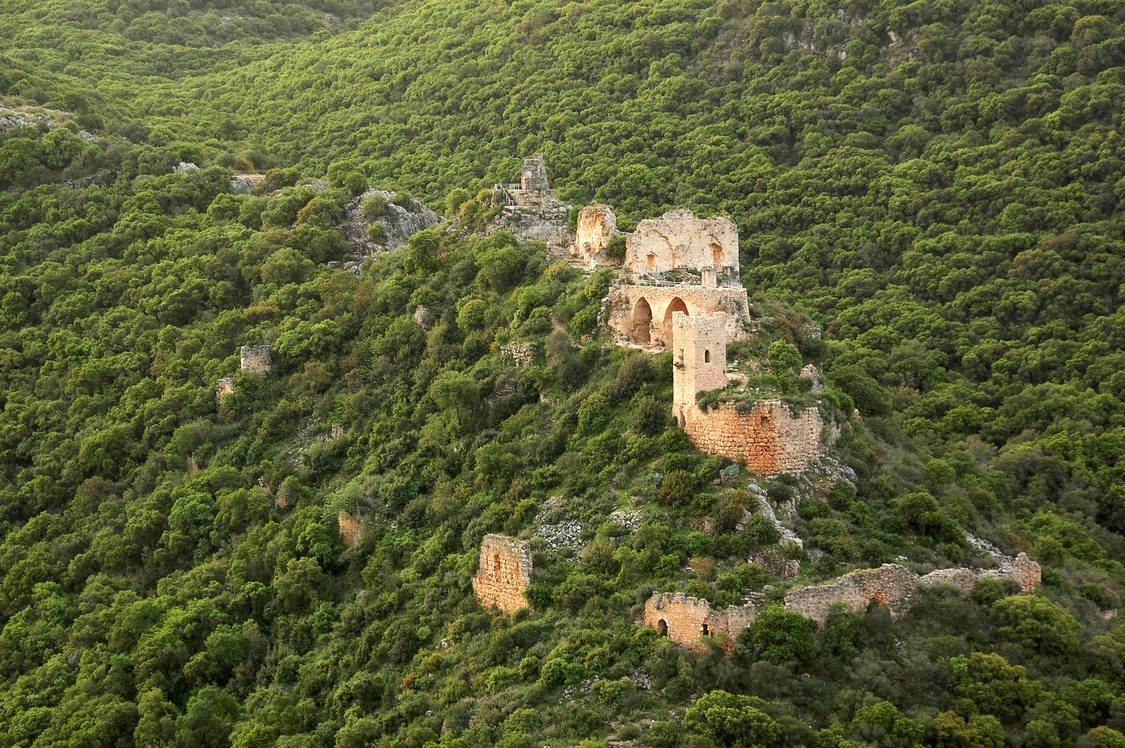With the building of the palace as a residence, commissioned by Ubertino in 1338, the Carraresi family affirmed its power in Padua.
The area of land chosen for the construction of the palace, updated to today’s toponymy, finds its boundaries in the area bordering the north side of Piazza del Duomo, via Monte di Pietà, Piazza dei Signori, via Dante up to the height of the pavement of S.Nicolò and continuing westwards with the street leading to the Teatro Verdi; bending then southwards, with via Dondi dell’Orologio and via Accademia.
The ancient palace of the Lords of Padua was an authentic "island" in the heart of the city enclosed all around by a wall with a long walkway.
Ubertino had a sort of hanging corridor built, called traghetto, which connected the palace with the first city walls, as far as the Castle, today the Astronomical Observatory or Torlonga or Specola, which was useful in case of danger and escape and could also be covered on horseback. The ferryboat, declared a "cumbersome and dilapidated ruin", was then completely destroyed in 1777; only a ruin of a pillar and an arch set on it recall the old hanging viaduct.
In the palace there were a Palace of the West (1343), the residence of the princes and a Palace of the East, first intended for the Curia and then reserved for women, which were connected by a central body with a large courtyard surrounded by a portico with columns.
Unfortunately, towards the end of 1800 the beautiful courtyard was demolished, together with most of Ubertino’s palace.
The upper loggias of the courtyard of honour led to the two main reception rooms of the Da Carrara family, one opposite the other: the Sala Tebana, the older and smaller, and the sixteenth-century Sala degli Eroi or dei Giganti, now annexed to Palazzo Liviano, the building named after Tito Livio, which was designed by Giò Ponti between 1937 and 1939 as the seat of the Faculty of Arts of the University and which also houses the Museum of Archaeological Sciences and Art.
